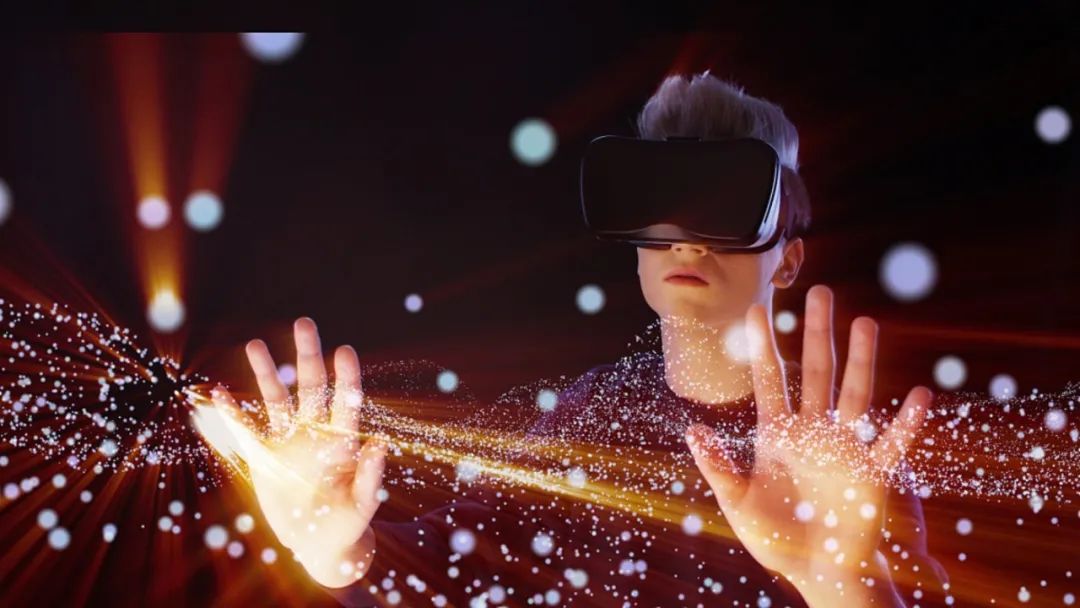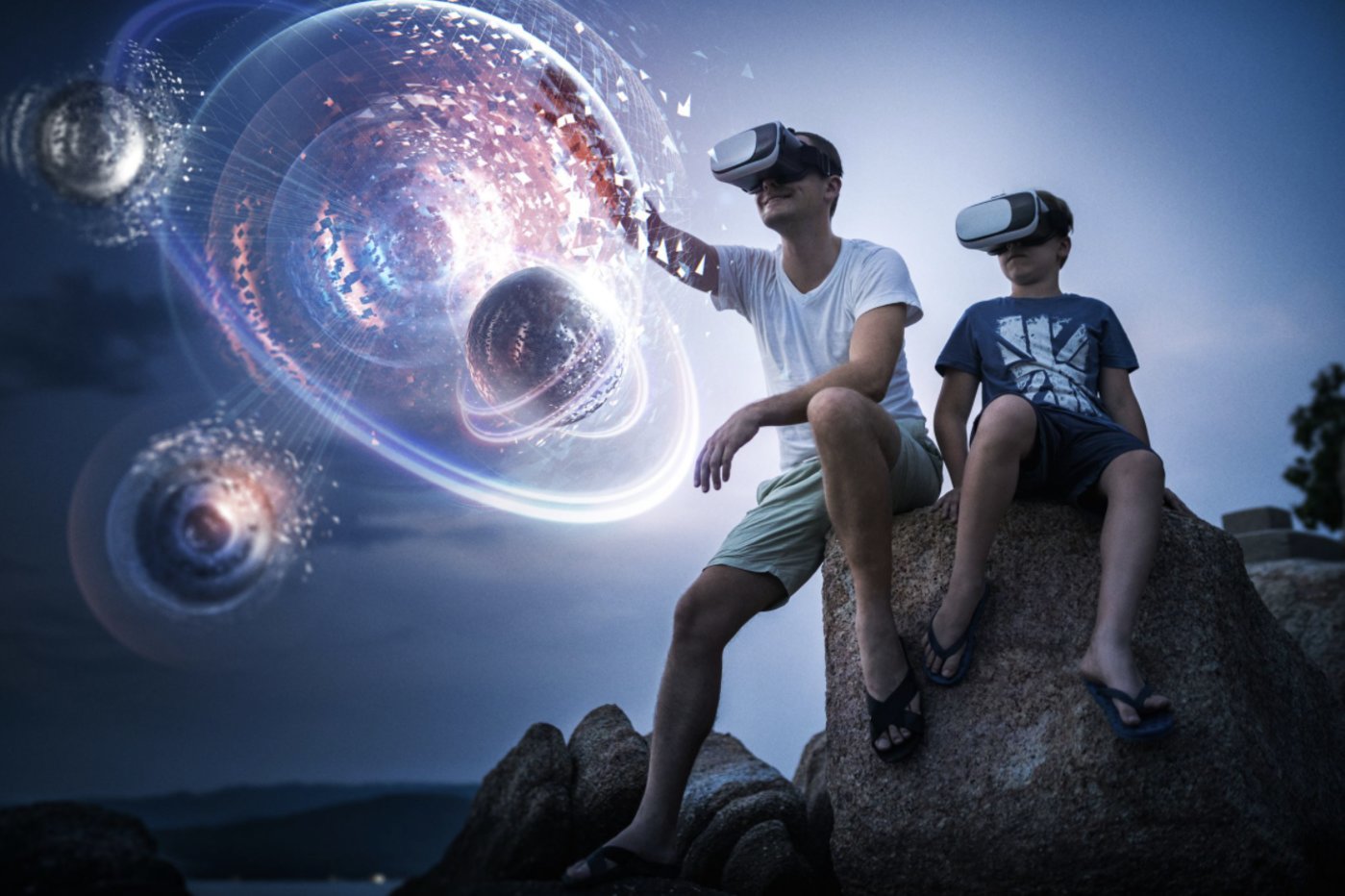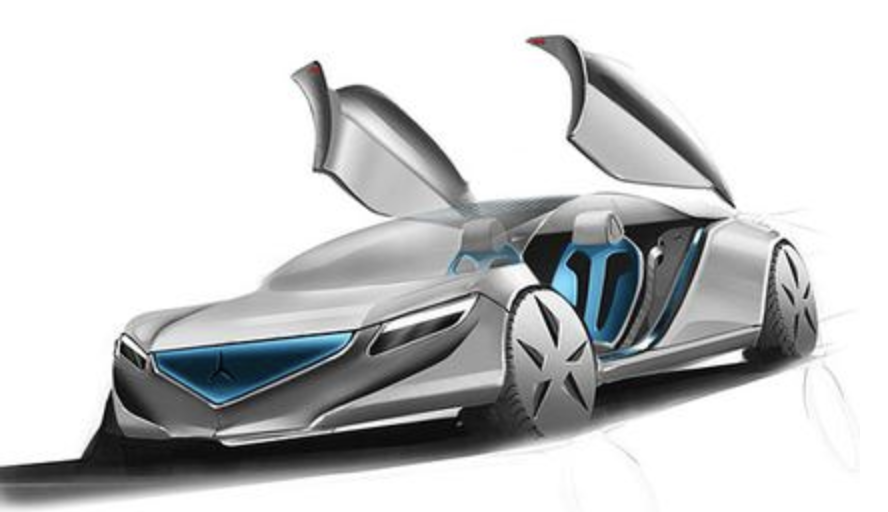Metaverse Interoperability Crisis: 7 Competing Standards Split Global Market

The Digital Asset Prison Phenomenon
A virtual fashion designer creates a limited-edition outfit, only to find it trapped in Meta’s Horizon ecosystem—unusable in Microsoft Mesh meetings or Decentraland events. This scenario illustrates the metaverse’s interoperability crisis: seven dominant standards now fragment the global market, blocking seamless movement of digital assets and stifling innovation. With the metaverse projected to reach 950.23 billion United States dollars by 2030, this division forces businesses to waste an estimated 45 percent of development budgets on cross-platform adaptations, while users face the frustration of “digital asset imprisonment.”
The Fragmented Technical Landscape
The seven competing frameworks each serve distinct priorities, creating a complex technical maze. Meta’s Horizon prioritizes social interaction within its closed ecosystem, using proprietary avatars and spatial audio protocols that resist integration. Microsoft Mesh, by contrast, focuses on enterprise collaboration, aligning its standards with Microsoft Teams infrastructure to simplify corporate deployment but limiting compatibility with consumer platforms. China’s Ministry of Industry and Information Technology (MIIT) standard, developed with Huawei and Tencent, emphasizes IoT device integration—enabling smart home data in virtual environments but using unique data formats that clash with Western systems.
Three critical barriers exacerbate the divide. First, 3D asset formats vary dramatically: Epic Games’ Universal Scene Description (USD) dominates creative industries, while Meta favors glTF, and China’s standard incorporates custom extensions for industrial digital twins. Second, blockchain protocols for NFTs create silos—Decentraland’s Ethereum-based system cannot natively recognize assets from China’s state-backed digital collectibles framework. Third, privacy regulations like GDPR in Europe and China’s data localization laws force platforms to implement conflicting identity verification systems, blocking cross-border user mobility.

Building Bridges: Solutions in Motion
Hope emerges from three fronts: regulatory pressure, industry alliances, and technical innovation. The European Union’s Digital Markets Act (DMA) is forcing gatekeepers like Apple to open their ecosystems, with specific requirements for VR headset interoperability announced in September 2024. This legal push complements industry efforts like the Open Metaverse Interoperability (OMI) Group, which launched open-source bridging tools in July 2025 to translate asset formats between USD and glTF.
Technical breakthroughs are equally promising. Khronos Group’s ANARI 1.0 standard, released in March 2025, provides a common API for 3D visualization across platforms, while the ITU’s Y.4812 recommendation establishes protocols for IoT device identity management in metaverses—critical for connecting smart environments. These developments enable “federated interoperability,” where core functions (asset portability, identity verification) work across standards, while platform-specific features retain uniqueness.

The Economic Case for Unity
Beyond user convenience, interoperability drives market growth. Analysts project that unified standards could accelerate metaverse adoption by 30 percent, unlocking an additional 285 billion United States dollars in value by 2030. Companies like Adidas and Samsung have already demonstrated this potential, using OMI tools to launch virtual products across multiple platforms simultaneously, boosting engagement by 65 percent compared to single-platform releases.
As Dr. Olivia Lee, a digital identity expert at the Metaverse Standards Forum, notes: “Interoperability isn’t about eliminating diversity—it’s about creating a common language for connection.” With regulatory frameworks strengthening and technical bridges emerging, the metaverse may yet evolve from a patchwork of walled gardens into a truly interconnected digital universe. The question is no longer if standards will converge, but how quickly—before fragmentation stifles the very innovation the metaverse promises to deliver.
(Writer:Weink)





